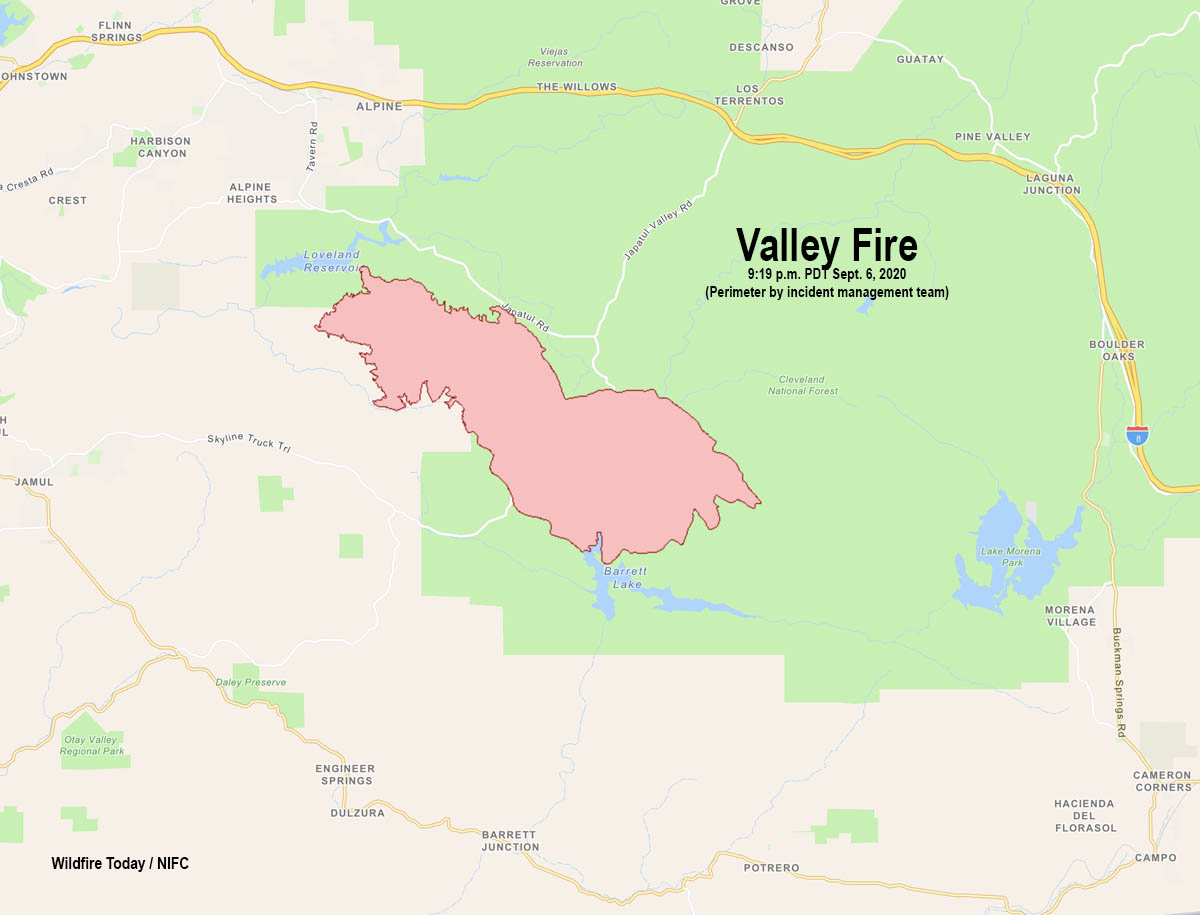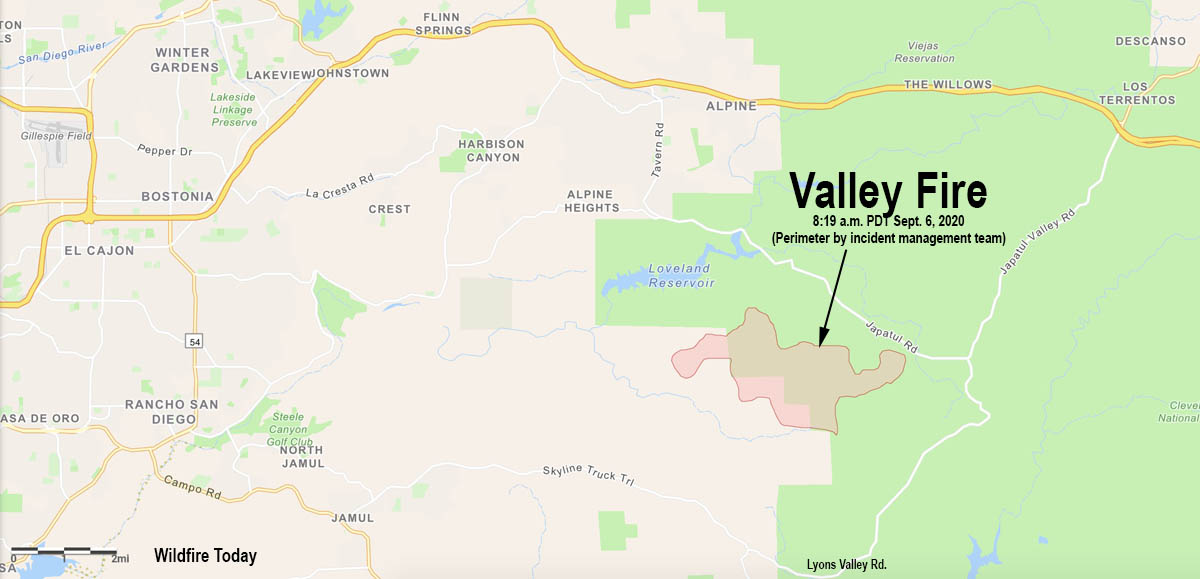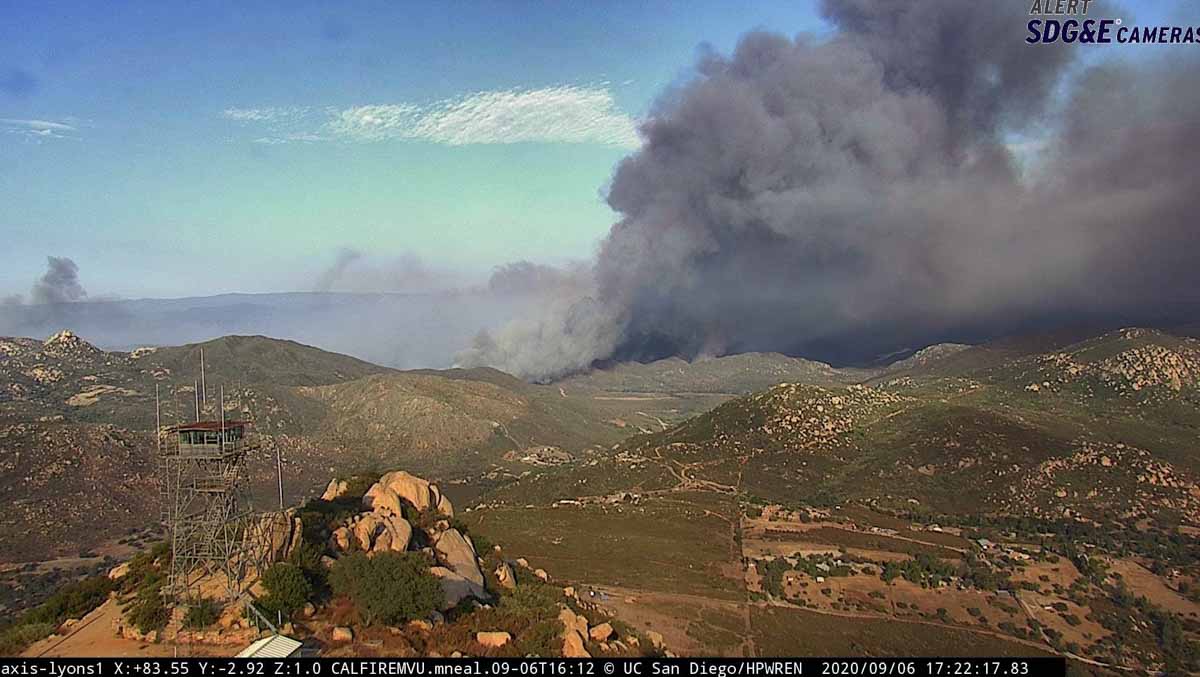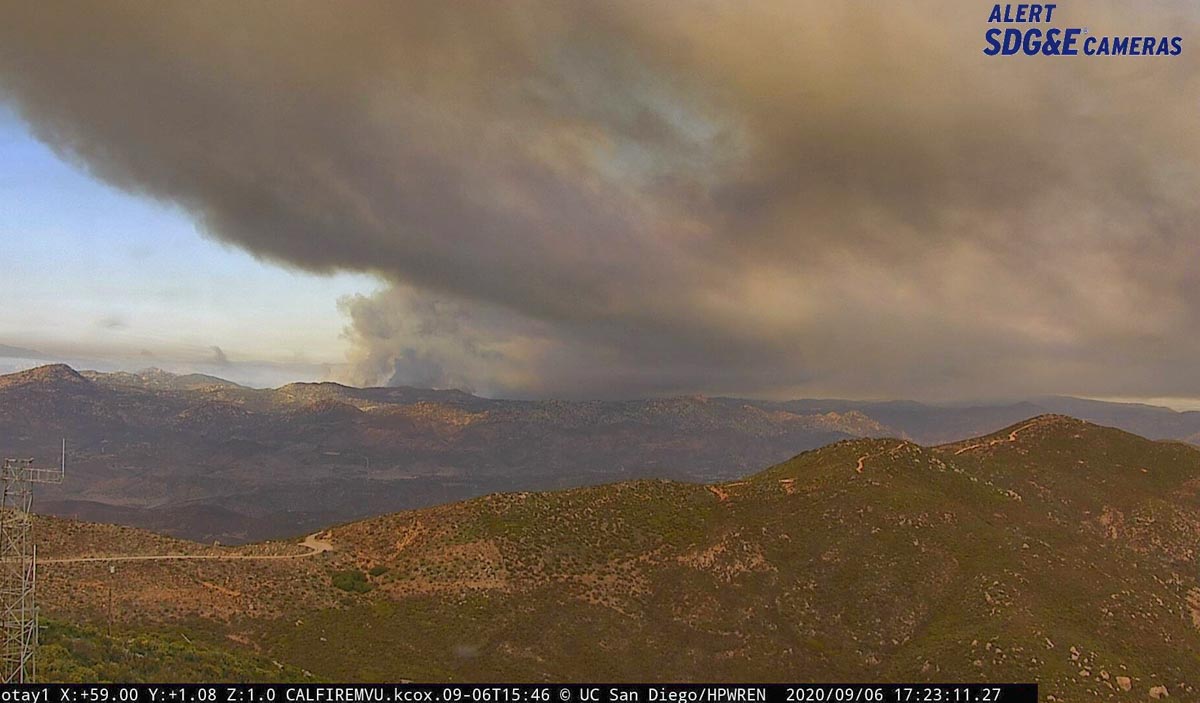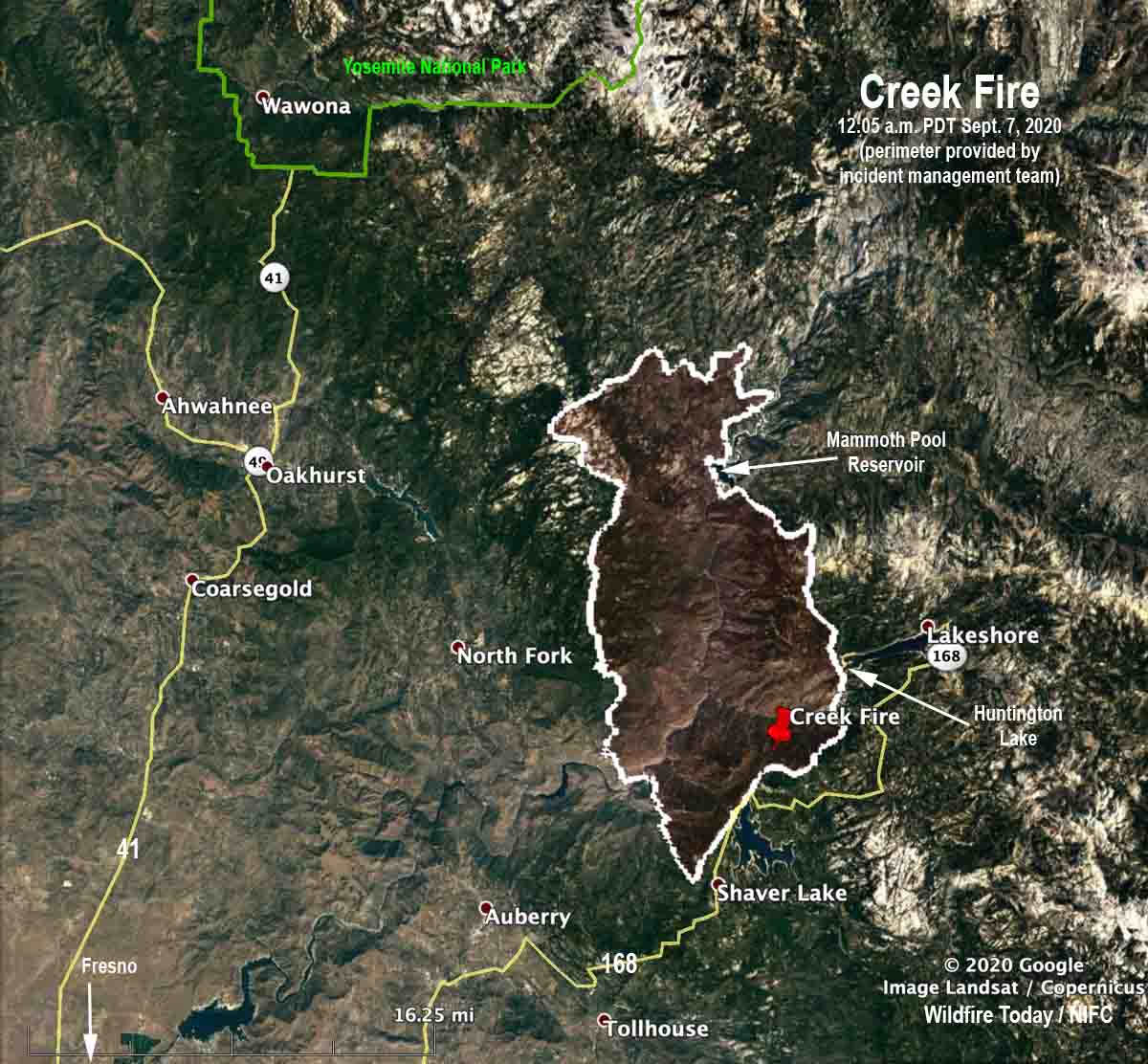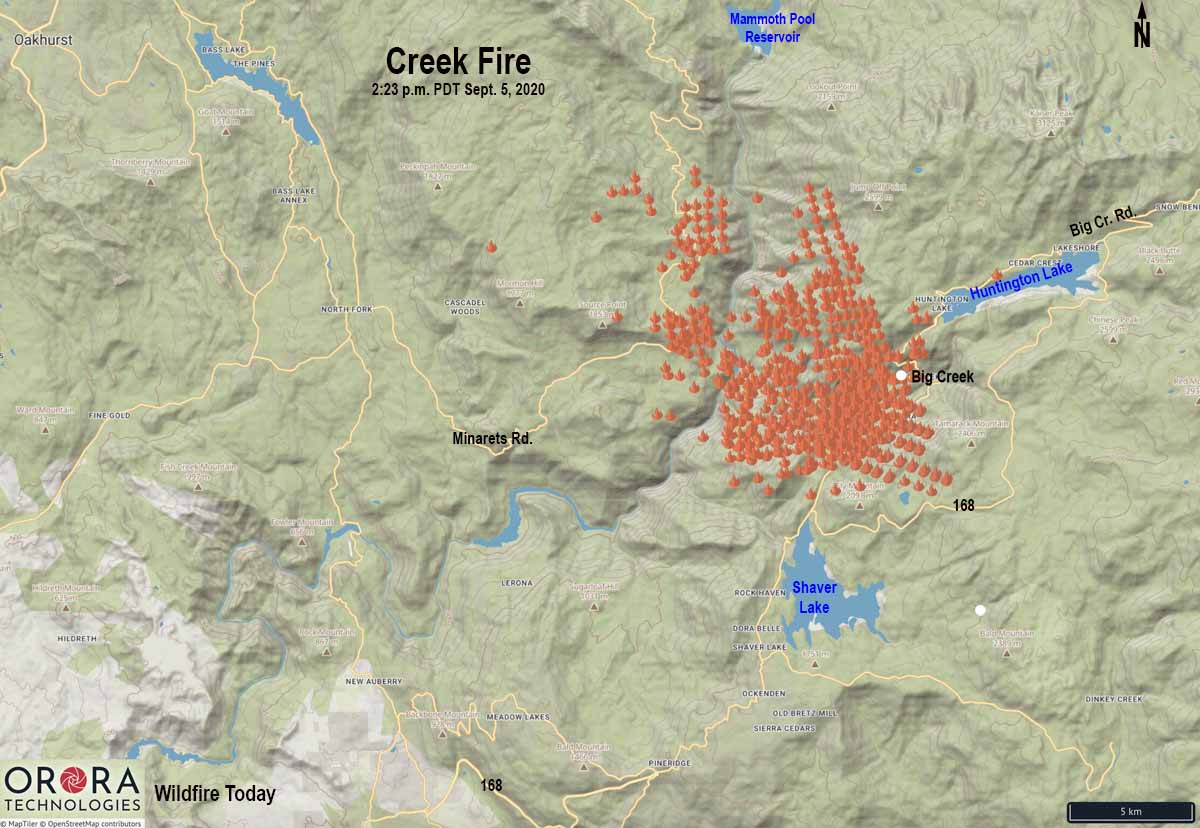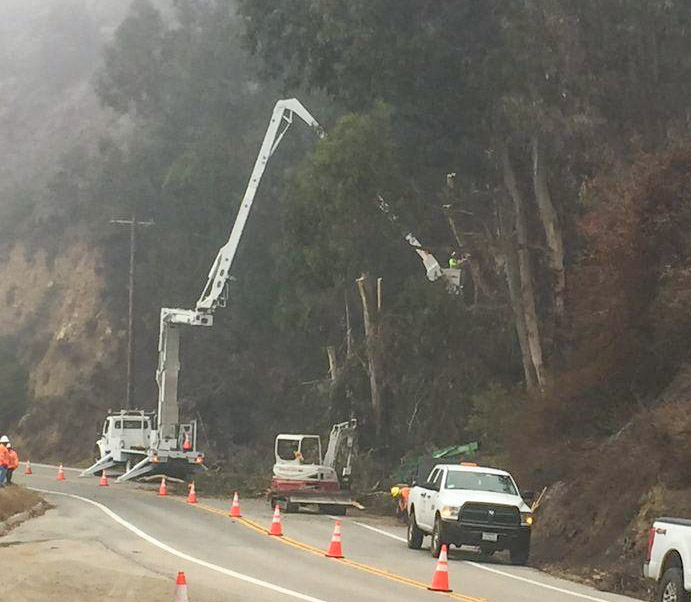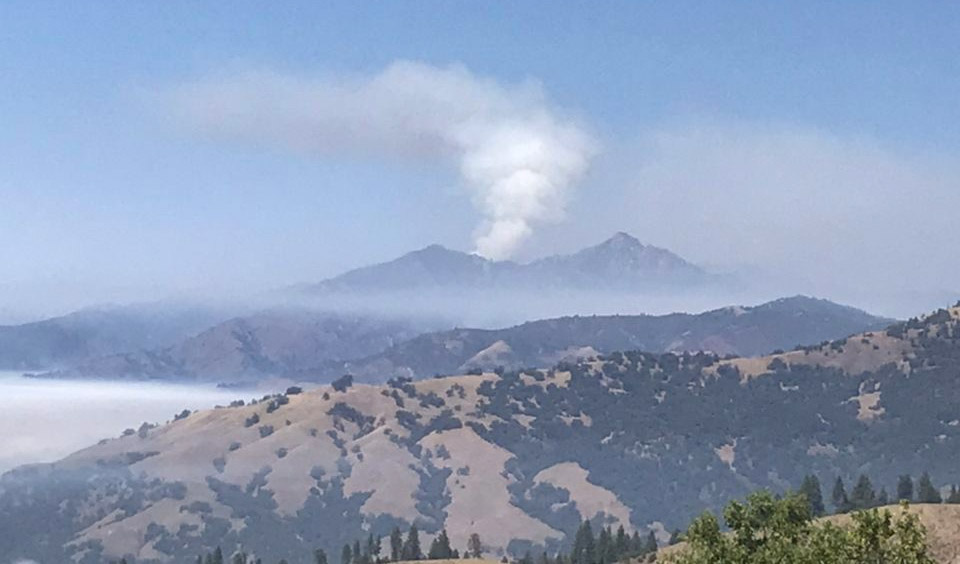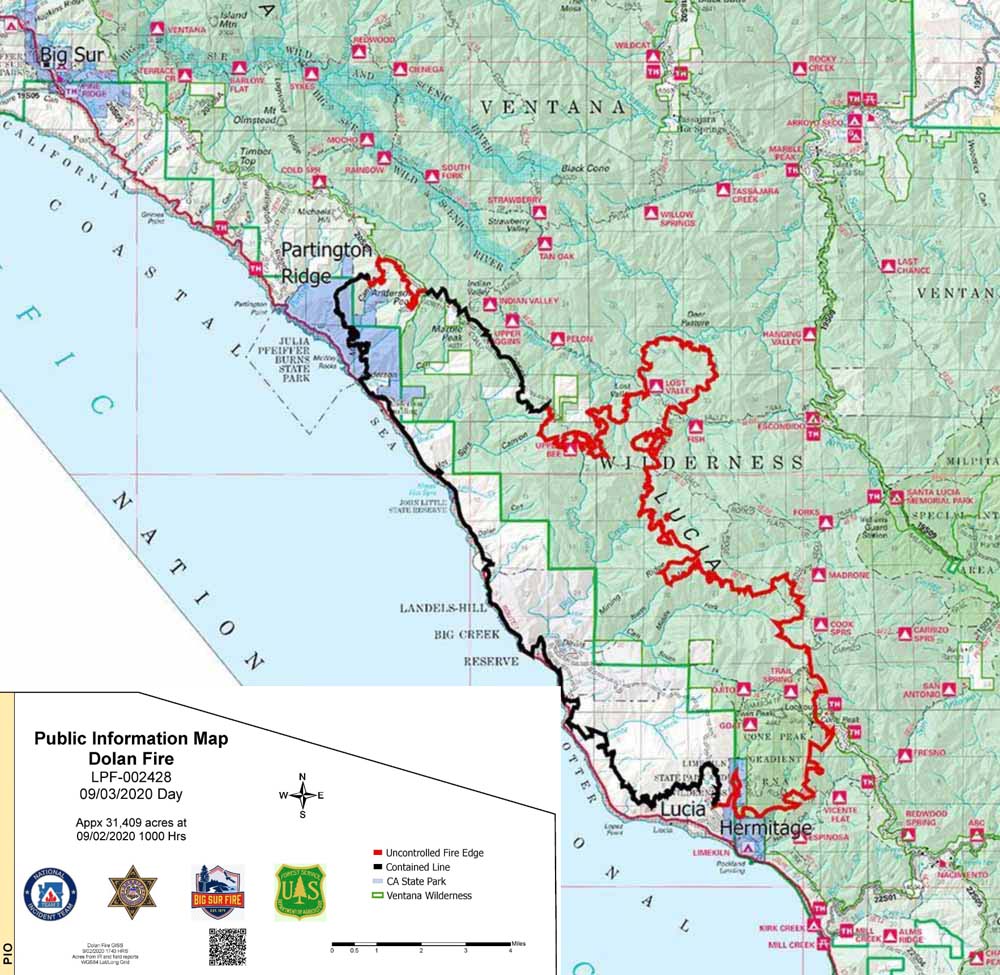September 6, 2020 | 2:03 p.m. MDT
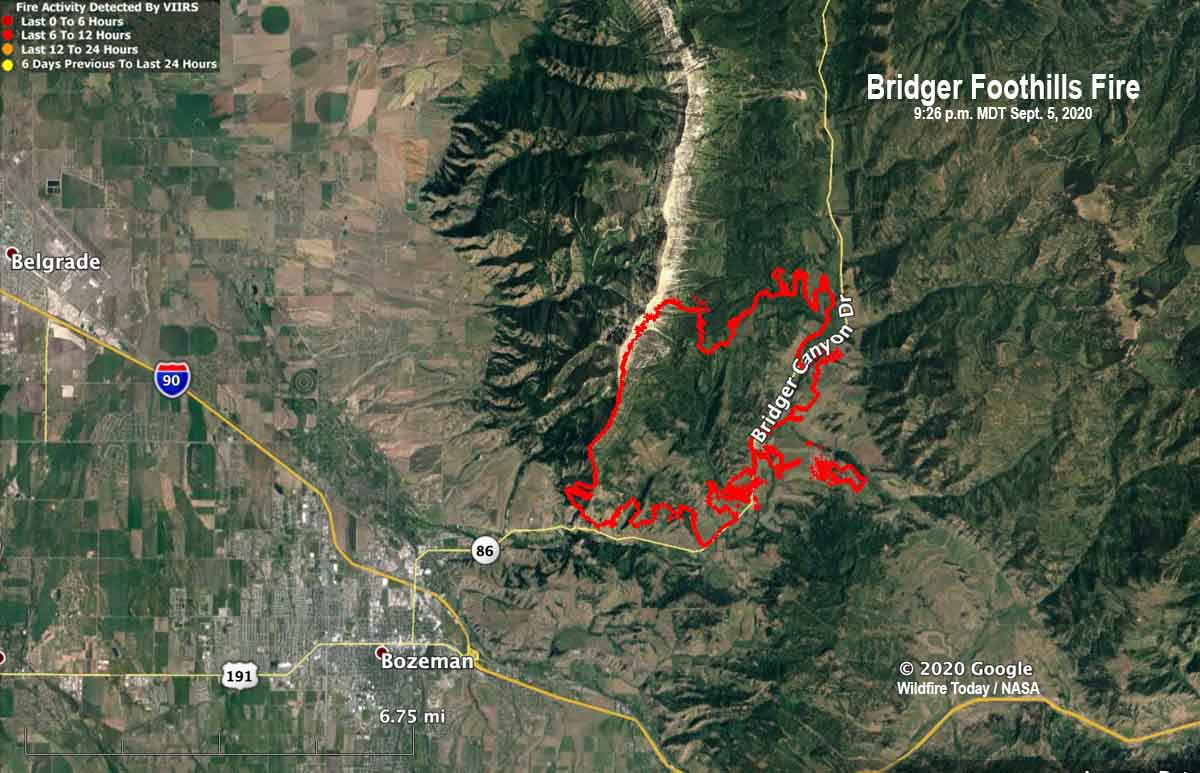
Three firefighters on the Bridger Foothills Fire northeast of Bozeman, Montana were forced to deploy and take refuge in their fire shelters September 5 when their safety became compromised by the proximity of the fire, fire officials said Sunday. After the danger passed they moved to a safety zone and were later treated at Bozeman Health for “smoke inhalation and heat exhaustion” and then released. They are otherwise in good condition and will be rejoining their families as soon as possible.
Fire shelters are small foldable pup tent-like fire resistant devices that a wildland firefighter can unfold and climb into if there is no option for escaping from an approaching inferno. Many firefighters have used the devices successfully, but others have been killed inside them.
The Bridger Foothills Fire is three miles northeast of the intersection of Highway 86 (Bridger Drive) and Interstate 90. Since it was reported September 4 it has burned 7,000 acres, including an unknown number of structures. It exhibited extreme fire behavior Saturday when the passage of a cold front brought sustained winds of 10-20 mph with gusts to 30 mph. A Type 1 Incident Management Team has been ordered.
Resources assigned, according to the incident management team, include 6 helicopters, 4 hand crews, plus engines, smokejumpers, and dozers. Sunday’s National Situation Report said there were a total of 99 personnel assigned (but 23 hand crews, which does not make any sense).
Thanks and a tip of the hat go out to Al.

